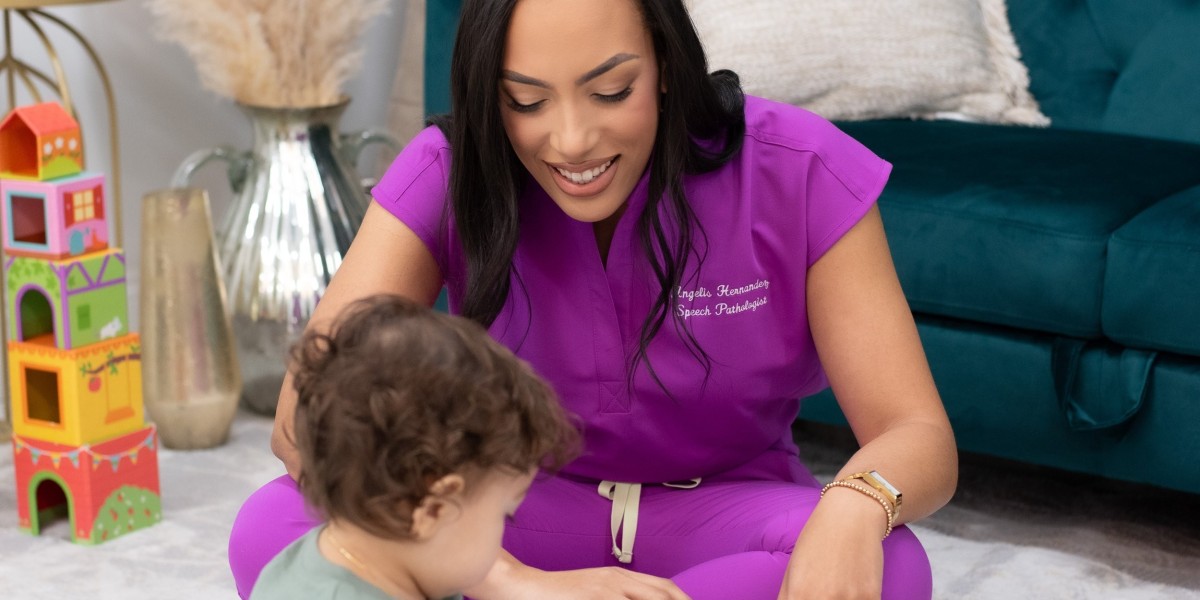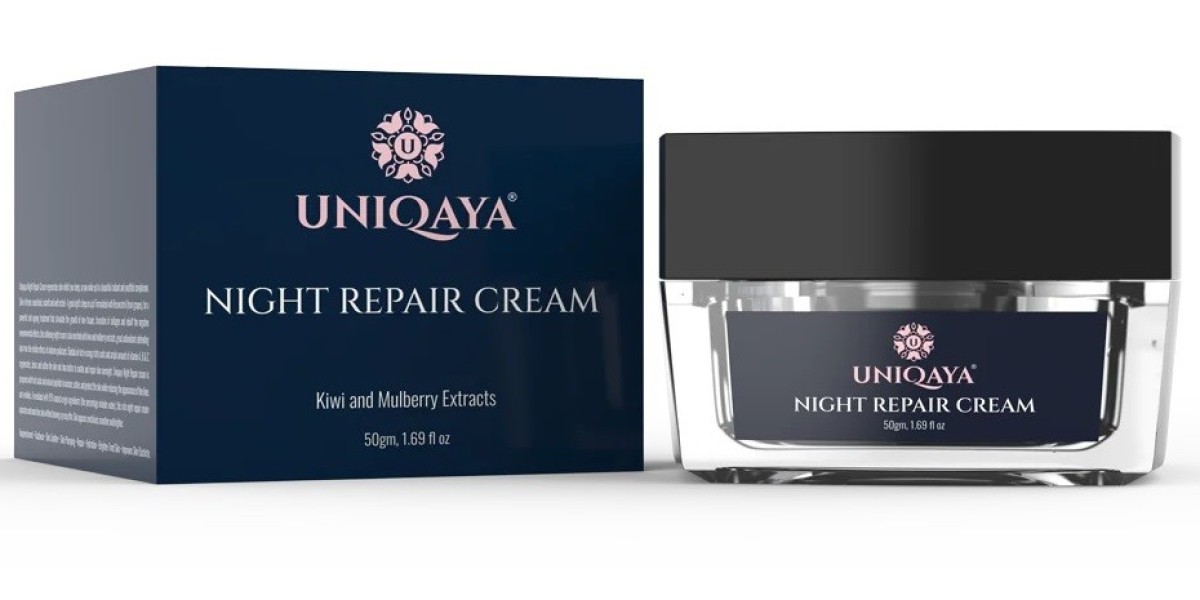For children with speech sound disorder and receptive language disorder, communication can be a challenging experience. While these disorders affect different aspects of language development, they are often interconnected and can severely impact a child’s ability to express themselves and understand others. Exploring how these conditions relate to one another and how speech therapy can help improve communication is essential for parents and educators.
What is a Speech Sound Disorder?
A speech sound disorder refers to a difficulty in producing speech sounds correctly. This can include issues with articulation, such as substituting or omitting sounds, or problems with phonological processes, where children have trouble with patterns of speech sound errors. A child with speech sound disorder may not be easily understood by others, making communication challenging.
The Challenges of Receptive Language Disorder
Receptive language disorder is a condition that affects a child’s ability to understand language. Children with this disorder may struggle to comprehend spoken instructions, follow conversations, or grasp the meaning of complex language. This lack of comprehension can make it difficult for them to interact socially, succeed academically, or follow everyday instructions, compounding the difficulties they face due to speech sound disorder.
The Impact of Both Disorders on Communication
When a child has both speech sound disorder and receptive language disorder, it can create significant barriers to effective communication. The inability to clearly pronounce words due to speech sound disorder can make it harder for others to understand the child, while difficulty understanding spoken language due to receptive language disorder can hinder the child’s ability to participate in conversations or follow instructions. These challenges can lead to frustration, low self-esteem, and academic struggles.
Speech Therapy: A Path to Improvement
Speech therapy plays a critical role in helping children overcome the challenges posed by speech sound disorder and receptive language disorder. Speech-language pathologists (SLPs) use a variety of techniques to address both conditions. For speech sound disorder, therapy may include exercises that target specific sounds or speech patterns, while for receptive language disorder, activities might focus on improving listening skills and language comprehension. By addressing both disorders in therapy, children can improve their ability to communicate effectively.
Conclusion
The relationship between speech sound disorder and receptive language disorder underscores the complexity of language development in children. With proper diagnosis and treatment, particularly through speech therapy, children can learn to overcome these challenges and develop strong communication skills. Early intervention is essential to provide children with the tools they need to succeed in both their social and academic lives.



